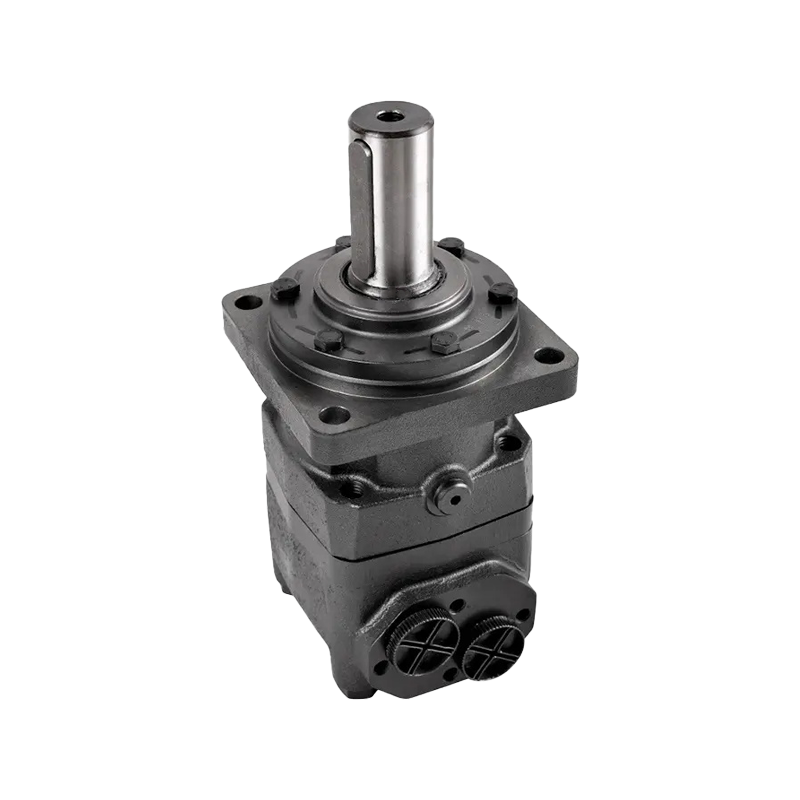hydraulic motor is a device that converts hydraulic energy into mechanical energy, typically used to drive various types of machinery such as industrial equipment, construction machinery, agricultural machinery, and more. A hydraulic motor consists of several components, and below are the basic components and functions of a hydraulic motor:
-
Housing: The external casing of the hydraulic motor that protects the internal components from external environmental influences.
-
Rotor: The rotor is the main moving component of the hydraulic motor. It’s connected to the motor’s shaft and interacts with hydraulic energy, causing rotational motion.
-
Stator: The stator is the component that works in conjunction with the rotor. It’s usually made up of fixed gears or grooves and is used to guide hydraulic energy to the rotor to generate rotation.
-
Hydraulic Inlet: The hydraulic motor receives hydraulic fluid through the hydraulic inlet. The pressure and flow rate of the hydraulic fluid determine the motor’s performance.
-
Hydraulic Outlet: The hydraulic motor discharges used hydraulic fluid through the hydraulic outlet.
-
Seals and Bearings: Seals are used internally to prevent fluid leakage, and bearings support the rotor, reducing friction and ensuring stable rotation.
-
End Plates: End plates are located on both sides of the hydraulic motor. They secure the internal components of the motor and protect them from external damage.
The working principle of a hydraulic motor is similar to that of a hydraulic cylinder but in the opposite direction. When hydraulic fluid flows into the hydraulic motor through the hydraulic inlet, the pressure causes the rotor to start rotating. The rotational motion of the rotor is transferred to external mechanical devices through gears or grooves in the stator, achieving the conversion and transmission of mechanical energy.
Hydraulic motors offer advantages such as high torque output, the ability to work at different speeds, compact design, and adaptability to various working environments. They find extensive applications in many fields, including industrial production, construction engineering, agriculture, mining, and more.
Post time: Aug-25-2023
